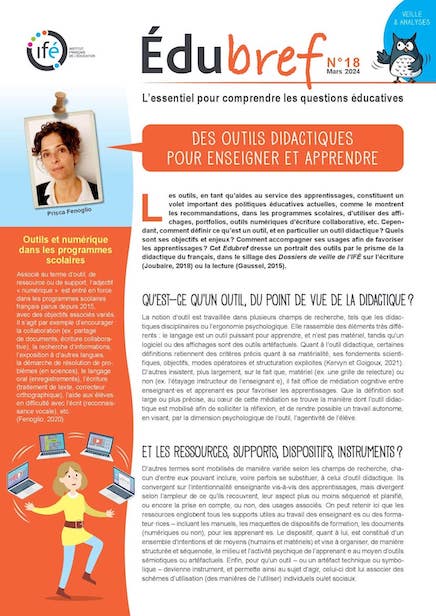| à propos de la revue | sommaires des autres numéros |
PISA in focus/ PISA à la loupe
Référence : n° 99
Thème : Can academic performance help disadvantaged students to achieve upward educational mobility?
RESUME
During the past century, access to education increased in countries all over the world. Up until the early decades of the 20th century, people attended school for only a few years. Towards the end of the century, adults in high-income countries completed 12 years of schooling, on average. Today in OECD countries, a larger share of the population than ever before completes tertiary education. For many, especially socio-economically disadvantaged students whose parents had attained only low levels of education, this expanded access to education has led to upward educational mobility – attaining a higher level of education than their parents did.
But just as economic growth does not necessarily reduce income inequality, so the expansion of access to education does not automatically result in greater equity in educational attainment. For that to happen, disadvantaged students need to benefit as much as or more than advantaged students. A recent PISA report, Equity in Education, explores how upward educational mobility has changed over recent decades. It finds that, despite the expansion of access, socioeconomic disparities in the completion of tertiary education remain large. However, the report also shows that when students with low-educated parents perform at high levels by age 15, as measured by PISA, their chances of completing tertiary education improve considerably.
Informations complémentaires :
https://www.oecd-ilibrary.org/.../can-academic-performance-help-disadvantaged-students-to-achieve-upward-educational-mobility_fd5356d0-en














